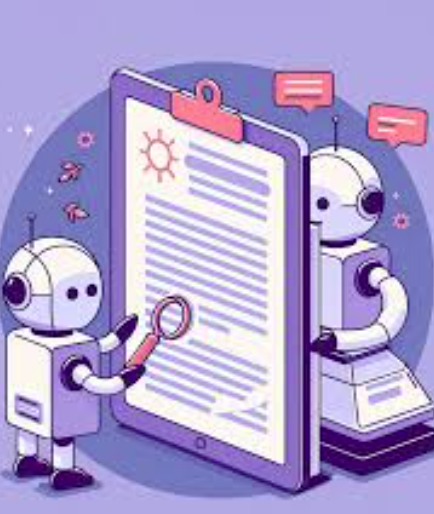As digital content becomes more accessible and educational resources increasingly move online, the need to maintain academic integrity is greater than ever. AI-powered plagiarism detection tools have emerged as a valuable resource for schools, educators, and students to ensure original work and uphold ethical learning standards.
What Are AI-Powered Plagiarism Detection Tools?
These tools use artificial intelligence to analyze written content and compare it against a vast database of academic papers, websites, and other sources. Unlike basic plagiarism checkers that only look for exact matches, AI-enhanced tools can detect paraphrased content, changes in sentence structure, and unusual writing patterns that may suggest copied work.
How They Support Academic Integrity
AI tools assist educators by quickly identifying potential plagiarism, saving time and helping maintain fairness across student submissions. Teachers receive detailed reports highlighting matches and similarities, which allows them to make informed decisions about academic honesty. These tools are also valuable for students, providing an opportunity to revise and learn proper citation techniques before submitting their work.
Benefits for Students and Teachers
For students, AI-based plagiarism tools serve as a learning aid. By running drafts through detection systems, students can identify unintentional mistakes, improve their writing, and avoid academic misconduct. This proactive approach supports better understanding of research ethics and the importance of originality.
Educators benefit from having a reliable, consistent way to assess the authenticity of assignments. These tools reduce manual checking time, promote fairness, and encourage students to take ownership of their work.
Addressing Concerns and Best Practices
While AI-powered tools are powerful, it’s important to use them responsibly. Transparency is key—students should be informed when their work will be reviewed by these systems, and schools should ensure that data privacy policies are in place. AI should support human judgment, not replace it. Educators are still needed to interpret results and have open conversations with students about academic standards.
To maximize effectiveness, schools can combine these tools with writing instruction, peer review processes, and workshops on academic integrity. This creates a culture where originality is valued and supported.
Conclusion
AI-powered plagiarism detection tools play an important role in modern education by promoting fairness, originality, and ethical learning. When used thoughtfully, these tools help students grow as responsible writers and give educators confidence in the authenticity of student work. As learning continues to evolve, AI can be a helpful ally in building strong academic habits and supporting educational excellence.













